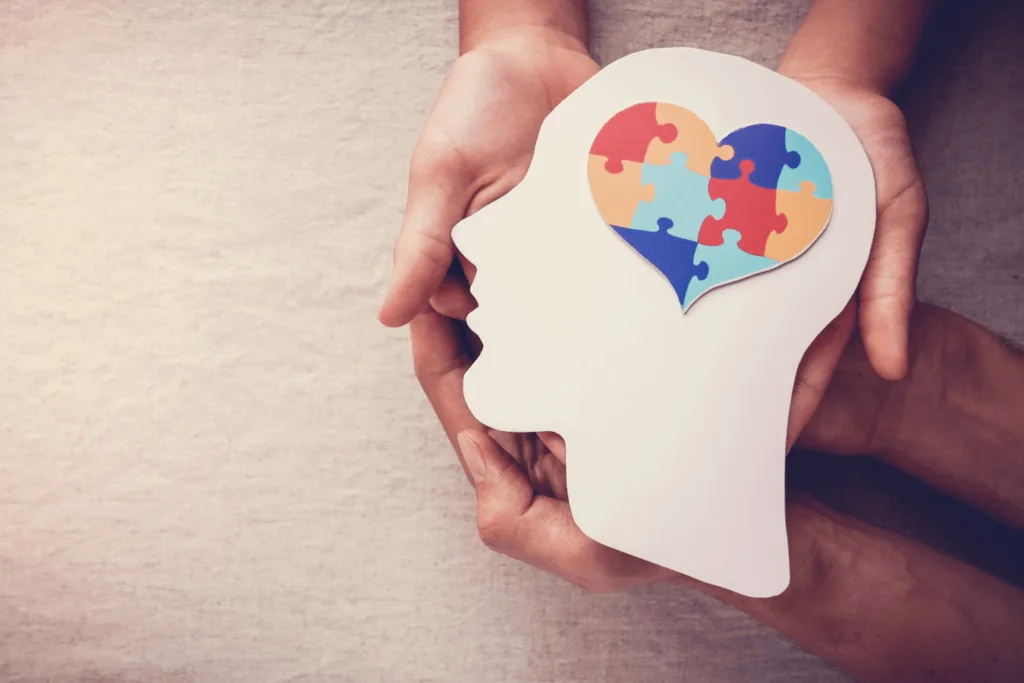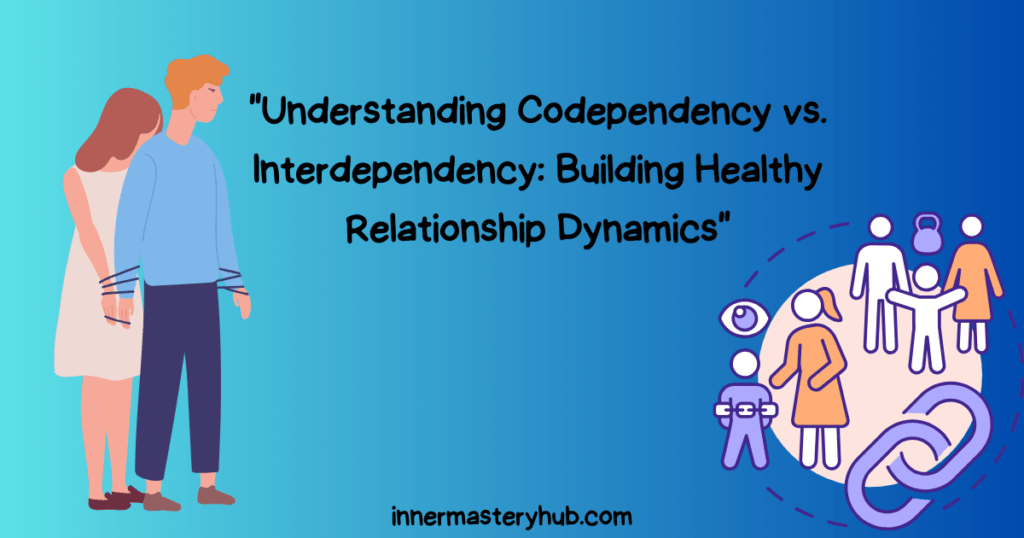11 Psychological Factors of Dominant Culture on Mental Health

The dominant culture refers to the values, beliefs, customs, and norms that most people accept and adhere to. People’s lives, interactions, and perspectives on the world around them are all strongly influenced by it. The most crucial aspect to understand about the psychological consequences of the dominant culture on mental health is how cultural norms shape our lives.
Cultural dominance involves recognising that dominant cultural norms, attitudes, and values can significantly impact people’s mental health in a given society. Recognising this probable effect allows us to investigate how conforming to or suppressing this cultural assimilation affects many aspects of mental health. This will provide us with a greater understanding of how cultural hegemony influences our mental health.
Understanding the Psychological Dynamics of The Dominant Culture
The dominant culture is one through which people make sense of their circumstances, form opinions, and build their identities based on multicultural norms. It can either be a source of strength or stress. Its influence operates on multiple levels, shaping:
1. Internalisation and conformity
Growing up, individuals are exposed to and absorb the norms of their surrounding environment through family, education, and social interactions. This leads to internalization, where norms become internalized values and expectations governing thoughts, behaviors, and emotions. Conformity to these norms is driven by the desire for belonging, acceptance, and avoiding social disapproval.
2. Cognitive biases and heuristics
Cultural norms can create cognitive biases, influencing how individuals perceive and process information, as well as their decision-making processes. Examples include confirmation bias, where individuals favour information that reinforces existing beliefs, and ingroup bias, where individuals favour their “dominant culture over others. These biases shape perceptions of reality and limit alternative perspectives.
3. Emotional regulation and self-esteem
Counterculture dictates acceptable ways of expressing emotions. Suppression of emotions to comply with norms can lead to emotional dissonance and psychological distress. Similarly, cultural expectations regarding success, beauty, or wealth can negatively impact self-esteem if individuals fail to meet them.
4. Identity formation and belonging
The dominant culture provides frameworks for forming individual identities. If someone’s ideals don’t align with the standards of their subculture, they may have internal conflicts that cause them to become confused and anxious. A sense of security and self-worth are fostered by belonging to the dominant cultural group, whereas poor self-esteem and feelings of loneliness can result from marginalisation.
5. Performance pressure and burnout
People may experience anxiety, despair, and burnout as a result of high expectations for their financial security, career success, or academic achievement. Individuals who fall short of these standards could potentially experience ongoing criticism and feelings of inadequacy.
6. Gender roles and body image issues
People may experience stress and discontent as a result of rigid gender norms that restrict their capacity to communicate their feelings, choose a career, and manage relationships. Unattainable beauty standards can also cause negative body image, eating problems, and low self-esteem.
7. Loss of purpose and meaning
People who live in a society that prioritises materialism and personal success may have a sense of disorientation and wonder what the point of life is. Depression, existential crisis, and a detached feeling can all be increased by this lack of direction.
8. Loss of cultural legacy
Indigenous culture or Diverse cultural traditions and viewpoints may be in danger of disappearing if accepted without question. This may cause society to become more homogenised and lose its diversity and vitality.
9. Internal conflict and poor self-esteem
Individuals whose ideals diverge from societal norms may experience internal conflict and feelings of guilt. One may feel ashamed or inadequate as a result, which could negatively impact their sense of self-worth.
10. Mental health issues
For people who identify differently from the mainstream culture or who belong to marginalised groups, the drive to fit in can exacerbate stress, anxiety, and despair.
11. Monopolising the media of communication
Controlling major media outlets, overrepresentation, and cultural hegemony are ways in which dominant societies can influence the flow of information. Ownership and gatekeeping practices make it hard for people from non-dominant cultures to co-exist. This keeps dominant languages alive and reinforces assumptions. This monopolisation shapes the stories people tell, often ignoring different points of view and making media portrayals unfair.
Examples
1. A young woman who was raised in a collectivist environment. Society moves to a country where people value individualism and struggle with gender roles. Focusing on her job success in her new environment conflicts with her cultural values, which prioritise family and community. This conflict makes people anxious and depressed, and makes it hard for them to handle romantic situations.
2. A second-generation child with conflicting expectations. A kid raised by immigrant parents feels pressure to do well in school and get a good job because that’s what their parents think is right. But their interests and skills lie in the arts, which goes against what their family wants them to do. Dissonance like this can make it hard to figure out who you are, cause problems in family ties, and cause stress at school.
3. Religious minorities facing intolerance. A student from a religious minority group at a university where there is a dominant religion feels alone and struggles to practice their faith publicly for fear of being shunned. This lack of respect and the possibility of discrimination can make people feel lonely, lower their self-esteem, and do worse in school.
Recognising the importance of acknowledging diverse cultural backgrounds in mental health care
Reasons to accept cultural diversity:
Better therapy and diagnosis. Knowledge of an individual’s cultural background and its potential impact on mental health facilitates more effective treatment and diagnosis.
Establishing rapport and trust. When clients believe their therapist is aware of and respectful of their culture, they are more likely to open up and engage in therapy.
Empowerment of the individual and the community. Understanding how culture affects mental health enables people to support culturally sensitive services and develop resilience within their own cultural contexts.
Employees in the mental health field should receive ongoing training in cultural competency to understand the diverse cultural contexts and their impact on mental health.
Increasing the diversity of mental health professionals fosters connections between people with similar cultural backgrounds.
Programs rooted in the community. Culturally sensitive mental health initiatives and materials developed in collaboration with local communities can enhance access to care and promote well-being for diverse populations.
Strategies for Psychological Well-being
Building and maintaining psychological well-being in diverse cultural realities requires individual and societal efforts. Here are some strategies for empowerment through cultural acceptance and self-discovery:
Cultural self-awareness. Understanding and accepting cultural values, customs, and perspectives. This prepares you for various cultures and a variety.
Critical reflection. Questioning internalised cultural norms and biases and their effects on thoughts, feelings, and behaviours. This fosters personal growth and confronts detrimental cultural norms.
By connecting and supporting individuals from diverse cultural backgrounds, we create safe environments for open discussion and mutual understanding. Participating in cultural and community events can help promote acceptance.
Celebrating cultural heritage and connecting with prior generations and ancestral wisdom via meaningful actions and customs. This enhances cultural identity and self-acceptance.
Fighting marginalisation and discrimination entails actively promoting laws and procedures that uphold inclusion and social justice, as well as eliminating systemic injustices that disproportionately affect particular cultural groups.
Creating culturally competent support networks involves promoting services that are accessible to all groups and culturally sensitive, as well as ensuring that mental health professionals are diverse in representation within the field. This necessitates providing culturally competent information and interventions, as well as training professionals in cultural competency.
Breaking Stigmas and Seeking Help
Taking Up the Pervasive Stigma Around Mental Health in Cultural Contexts
This section addresses the widespread stigma associated with mental health in cultural contexts. We aim to debunk myths and foster a deeper understanding of mental health issues by examining the cultural nuances surrounding them. Addressing the stigma is the first step towards building an environment where folks feel supported and heard.
Promoting Open Discussions and Seeking Professional Assistance
In this section, we emphasise the importance of having candid conversations about mental health within cultural contexts. We hope to establish environments where people feel comfortable discussing their mental health by promoting dialogue and leadership communication within dominant-culture organisations. We also discuss the importance of professional assistance and emphasise its positive effects on mental health journeys.
Together, these initiatives help dispel stigmas, promote cultural sensitivity, and foster a proactive approach to mental health.
Conclusion
To summarise, we’ve seen how the dominant culture can impact our mental health. It shapes how we think and feel. However, here’s the crucial part: we must ensure that everyone feels included and supported. Either culture can be a source of strength or stress. It might provide us with a feeling of support and community. It may also give rise to disagreements and miscommunications. Culture can have both beneficial and harmful effects on mental health.
Let’s work towards a mental health approach that understands and respects different cultures. This way, we create a space where everyone’s well-being is valued and respected.
FAQs for the dominant culture
How does the dominant culture affect mental health?
Dominant culture may have a significant effect on mental health because it shapes social norms and expectations. Whether you follow or fight these rules can affect how you see yourself and cause stress. Some individuals may be affected by stigma, pressures to conform, and cultural biases. This highlights the importance of culturally sensitive mental health conversations and support systems in promoting overall well-being.
What are the culturally dominant groups?
Culturally powerful groups vary across different places and times. In some areas, the culture may be dominated by racial or ethnic minorities, Judeo-Christian faith groups, or social classes. To address power imbalances, promote acceptance, and foster cultural sensitivity across diverse cultures, it’s essential to understand these dynamics.
What are examples of dominant values?
Different societies have varying examples of dominant values, including democracy, family loyalty, individualism, and environmental stewardship.
What is an example of a dominant culture?
An example of a dominant culture represents a multicultural society, which includes North America, African American communities, and Europe. It encompasses widely accepted norms, values, and practices influencing various aspects of life, such as individualism, democracy, and certain social norms. Dominant cultures can differ, and their influence varies based on geographical and societal contexts.
What are subcultures in the dominant culture?
Subcultures within a dominant culture are smaller, distinctive groups that develop their unique norms, values, and practices while operating within the dominant cultural framework of economic or political power. These subcultures may form based on ethnicity, age, interests, or shared experiences, providing individuals with a sense of identity and belonging within the larger dominant culture.
What is the dominant culture in the organisation?
When you work for a company, its predominant culture is the set of values, beliefs, and behaviours that most people follow. It affects how workers interact with one another, make decisions, and contribute to the overall functioning of the workplace. The dominant organisational culture determines how it operates, how people interact with each other, and what is expected of them. It also shapes the organisation’s character and core values.
What strategies can help navigate the psychological impact of the dominant culture on mental health?
To deal with how the dominant culture affects your mental health, be culturally aware, look for groups that support you, celebrate your culture’s pride, and encourage open communication. To maintain your health, it is essential to learn about other cultures, combat stigma through education, seek professional help when needed, foster acceptance, build resilience, and engage in activities that support diverse cultures.
How can breaking stigmas improve mental health outcomes in dominant cultural contexts?
Removing stigmas in dominant cultural settings can significantly impact mental health outcomes by creating more accepting and supportive surroundings. It promotes open communication and acceptance and lessens the shame of asking for help. People in the dominant culture are more likely to use mental health services, which can lead to early intervention, less stigma, and better overall health.
How can open conversations about mental health be encouraged in dominant cultural settings?
In places where one culture is dominant, encouraging open talks about mental health means making them seem normal, teaching cultural sensitivity, and using role models. Using inclusive language, organising group events, and sharing personal stories can all help break down stigma. Educational campaigns, peer support programs, and easily accessible tools help promote conversation, making the environment more conducive to mental health.
How does the dominant culture subordinate the subordinate culture or cultures
In studying socioeconomic and cultural studies, the dominant culture in Canada, mainly the white population, has historically marginalized minority cultures by a majority of the population. For example, African American women faced restrictions, and their voices were often silenced.
Apartheid in South Africa is another instance where a white minority enforced racial segregation in 1948, limiting opportunities for the majority. In the United States, Asian Americans experienced challenges due to the dominance of Judeo-Christian values.
The concept of a dominant culture explains how dominant cultures institutionalise their values, making it challenging for subcultures to thrive (Antonio Gramsci). This is evident in Eurocentric educational institutions, social institutions, internalised homophobia, and racial diversity being restricted from speaking.






